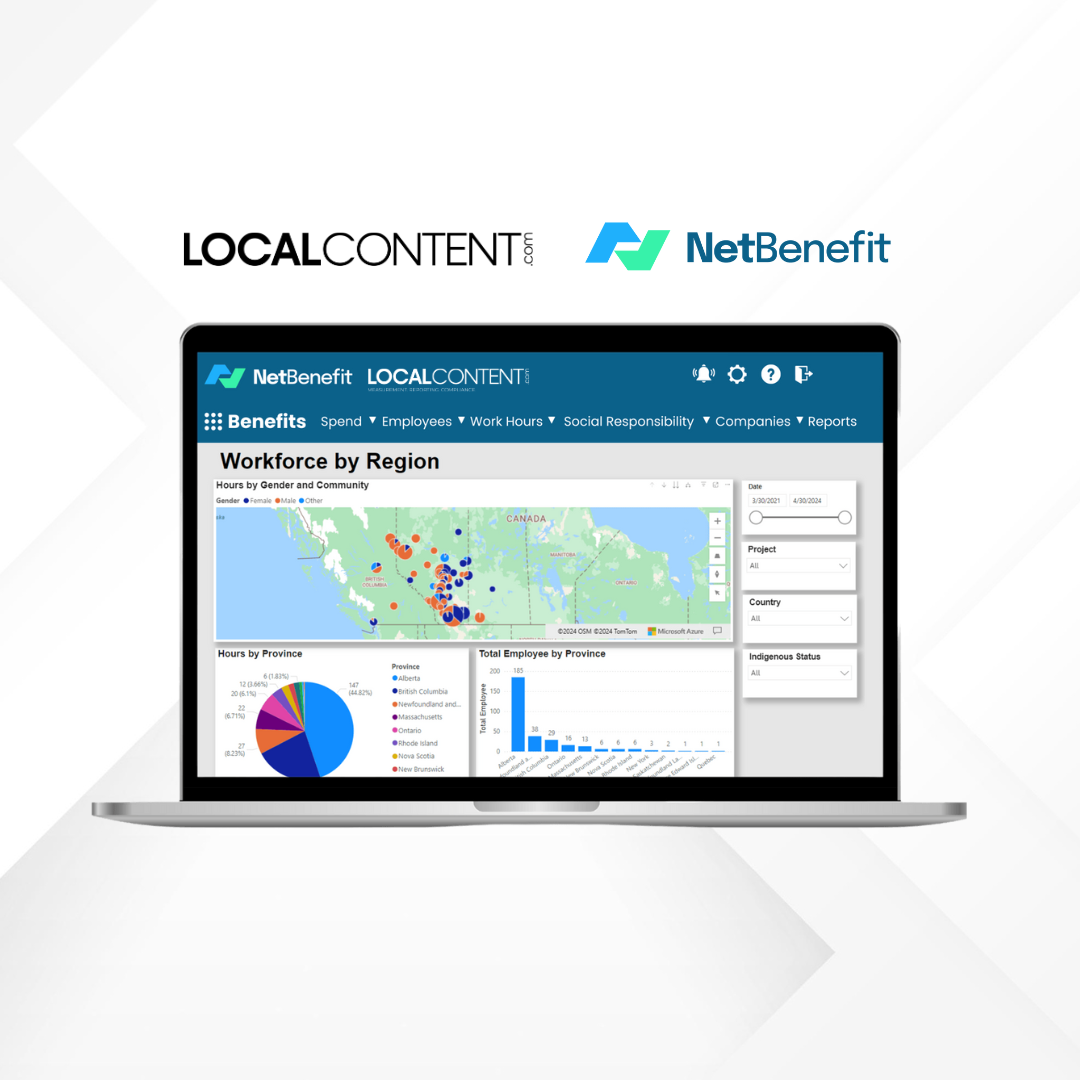Washington, D.C.— The U.S. Department of Transportation (USDOT) has begun implementing a court-mandated overhaul of its Disadvantaged Business Enterprise (DBE) program after a federal judge issued a preliminary injunction limiting the use of race- and gender-based goals. The changes could have far-reaching implications for federally funded infrastructure projects and the businesses that rely on them.
The injunction, issued by the U.S. District Court for the Eastern District of Kentucky, stems from a lawsuit filed by two Indiana-based subcontractors, Mid-America Milling Company (MAMCO) and Bagshaw Trucking. The plaintiffs challenged the DBE program’s race- and gender-based presumptions, arguing that such policies unfairly excluded them from federally assisted contracts.
As a result, USDOT is required to ensure that DBE goals are set at zero percent on federally funded contracts where the plaintiffs plan to bid. The court’s decision affects contracts in 25 states, including economic hubs like Texas, Florida, and New Jersey.
USDOT’s New Compliance Strategy
USDOT, in coordination with the Federal Aviation Administration (FAA), has established a clear framework for implementing the court’s directive.
1. Targeted Exemptions: Plaintiffs will submit a list of contracts on which they plan to bid. These contracts, known as “Identified Contracts,” will have their DBE goals set to zero percent.
2. Contract Revisions: Airport sponsors managing these projects must amend their DBE goals to reflect the ruling and notify contractors promptly.
3. Annual Goals Remain: For projects not impacted by the ruling, DBE goals will continue to operate under the existing framework outlined in 49 CFR Part 26.
Despite the court-ordered changes, the DBE program remains largely intact. Airport sponsors are still required to meet their overall annual DBE targets, using race-neutral participation or recalibrating goals on other projects with subcontracting opportunities.
Industry Adjusts to Changing Compliance Rules
The decision has sparked discussions across industries that depend on federal funding, particularly in aviation and infrastructure development. While the reduced DBE goals on specific contracts aim to address legal concerns, they also highlight the critical need for transparency and accountability in delivering economic benefits.
“The emphasis on economic and workforce outcomes doesn’t go away with this ruling,” said Glenn O. Vickers II, Managing Director of supply chain and development firm MRV Group. “Developers, primes, subcontractors and government still need to measure and document how their projects create jobs, support small businesses contracting which ultimately directly benefits U.S. taxpayers.”
For affected airport sponsors, this means identifying other contracts where DBE goals can be implemented to offset the impact of the injunction. FAA officials are urging sponsors to maintain a data-driven approach to setting goals, considering factors such as project scope, location, and DBE availability.
Balancing Compliance with Public Accountability
The court’s decision introduces a new layer of complexity for airport sponsors and contractors. On the one hand, they must comply with the legal directive to eliminate DBE goals on certain projects. On the other, they must continue to deliver measurable local and domestic benefits to maintain public trust and secure federal funding.
Airport sponsors that fail to meet their annual DBE goals due to the injunction must submit a shortfall analysis, citing the impact of the ruling on their ability to achieve equity targets. FAA officials emphasize that this does not absolve sponsors from making good faith efforts to engage DBEs in other areas.
What’s Next for the DBE Program?
As the USDOT navigates these changes, the agency is committed to ensuring the DBE program remains a cornerstone of equity in federal contracting. For now, the focus is on balancing compliance with the court’s ruling and sustaining accountability to U.S. taxpayers.
While the legal landscape evolves, one thing is clear: the need for documenting local and domestic content outcomes is more critical than ever. Projects must demonstrate their economic and workforce impacts to underscore the value of federal investments and ensure transparency for stakeholders.
For further updates, stakeholders can visit the FAA’s Civil Rights webpage at faa.gov.










